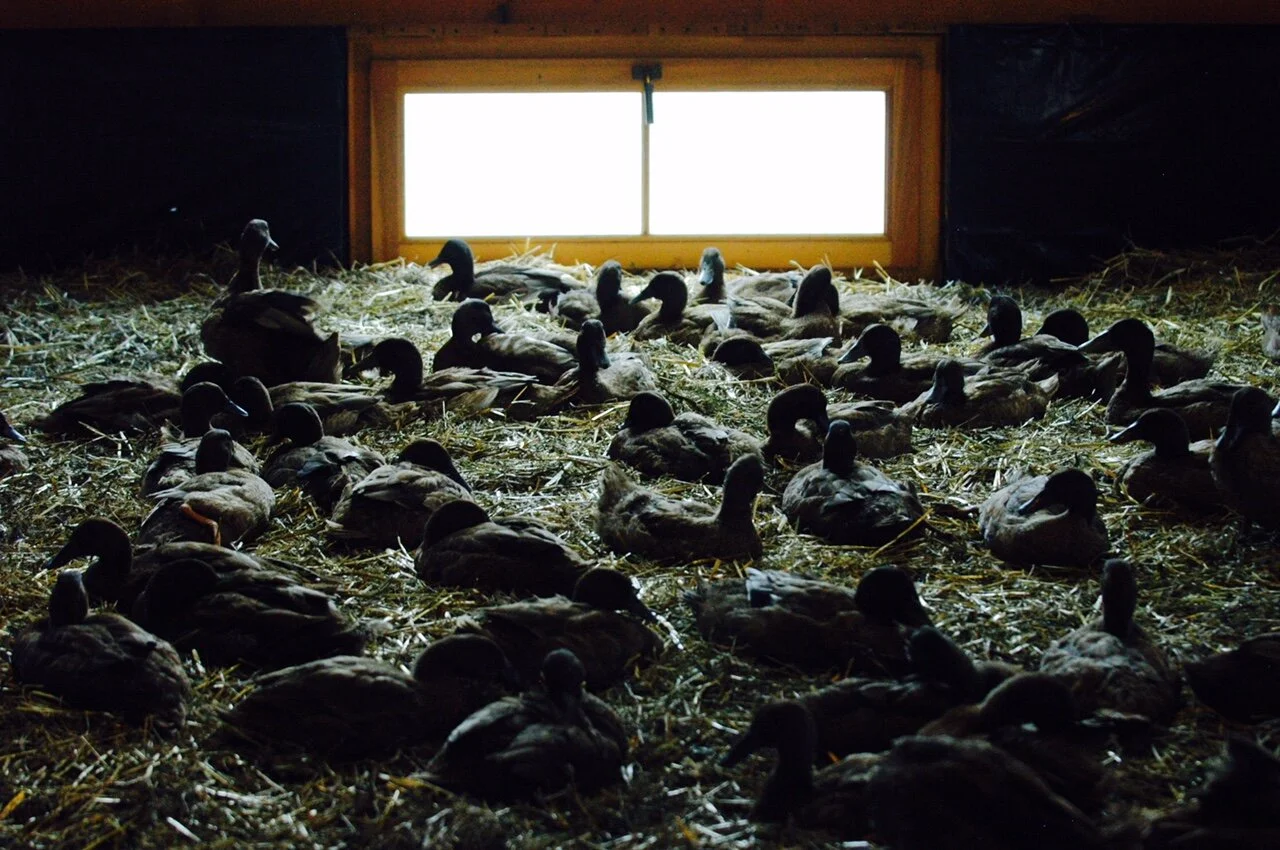Maple syrup bottle half empty? Warm spring weather limits yields
Photo courtesy of Green Mountain Audubon Center.
As maple season comes to a close, sugar makers in Huntington, Richmond, and Bolton are pulling taps and coiling collection tubes. Between warm weather and Covid restrictions, it has been a challenging year.
“April just got really warm really fast so we're hearing reports of certainly a smaller crop than anticipated,” said Mark Isselhardt, a maple specialist at UVM Extension.
That early warm trend meant sap had a low sugar content this year, said Austin Purinton of Purinton Maple, among the area’s largest sugaring operations with 18,000 taps. (The Purington family also buys sap from a handful of other producers, upping their total tap number to 26,000.)
“The sugar content was really low which [requires] a bit more sap to make syrup,” Purinton said. “We probably got just as much sap as we did last year and the [season’s] length is roughly the same. We made maybe a little more or less than three quarters crop.”
Since the Purington family sells vacuum pumps, evaporators, and tubing, they hear about trends across the region. In low-lying areas, some sugar makers came up short. “Certain areas like Middlebury and Williston quit pretty early … it got warmer for them,” Purinton said. “They probably got about half crop. I heard some guys up in the hills of Rutland and that area were okay, but the lowlands had about half crop.”
Steve Hagenbuch, a conservation biologist who manages Audubon Vermont’s forest program in Huntington, collects sap on his own property, Hagenbuch/Hudson Family Farm, where he saw syrup totals drop by half this year. “If I have 400 taps, I should be making somewhere around 100 gallons of syrup with the tubing I have,” Hagenbuch said. “I've made 51 gallons this year, and that was related to the warm stretch.”
The Green Mountain Audubon Center decided to cancel the sugar making season entirely, citing concerns about pandemic safety. Their annual sugar on snow events usually attract nearly a thousand visitors. Instead, the Audubon Center invited neighbors to explore the 600-tap sugarbush on their own.
“We created something called maple magic,” said Green Mountain Audubon Center director Kim Guertin. “We offered a bunch of self-guided activities, we wanted to encourage people to come out and still visit. Visitors could search for — and take selfies with — a sap bucket, posting images to Instagram for the chance to win maple syrup.
UVM’s Mark Isselhardt explained that disappointing seasons are nothing new. Every year is different: 2020’s long sugaring season produced a bumper crop of syrup. While Isselhardt said this year’s scant harvest isn’t anything to worry about for now, though, the future of Vermont sugar making is somewhat more unpredictable. New technologies may help, but global warming could bring long-term change.
“There’s only so many days that you can produce sap, and that's always been the case,” Isselhardt said. “If we have more of these really high temperature events earlier … that is going to be a challenge for sure.”








